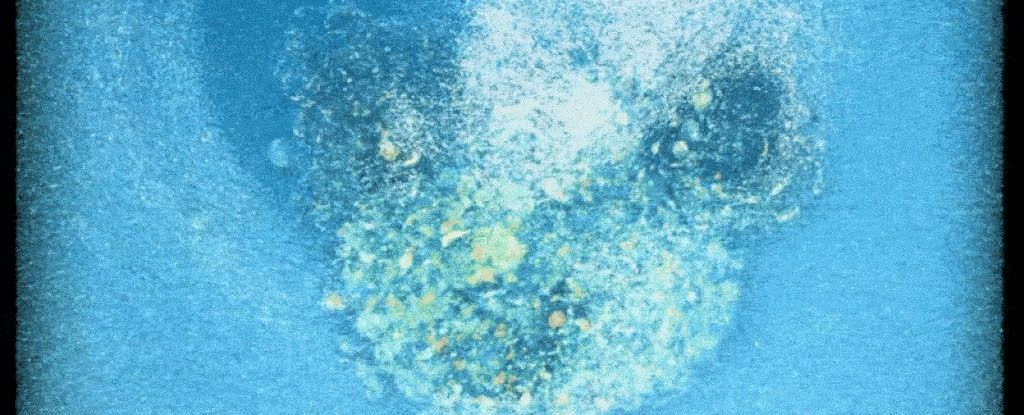 Image Source: ScienceAlert
Image Source: ScienceAlert
A team of international scientists has achieved a historic milestone by filming, for the very first time, the dynamic process of a human embryo implanting into a uterus-like environment. This world-first breakthrough not only cracks open a black box in reproductive biology but also opens new frontiers for infertility treatment and early pregnancy research.
Key Highlights From the Discovery
The footage, released by the Institute for Bioengineering of Catalonia (IBEC), depicts human embryos burrowing into a collagen-based gel that closely mimics the uterine lining.
This real-time, 3D video uncovers a surprisingly invasive process: the embryo releases enzymes, pushes, and pulls its way deep into the tissue, carving out a cavity as it establishes a physical and biochemical connection with its surrogate host.
The study shows that human embryos exert far more mechanical force than their mouse counterparts, highlighting crucial species-specific differences in implantation mechanisms.
The platform that enabled this achievement used surplus embryos donated from IVF treatments and monitored them through advanced fluorescence microscopy and time-lapse imaging, providing unprecedented live detail.
Implantation failure is the leading cause of infertility and miscarriage, accounting for up to 60 percent of failed pregnancies.
The Science Behind Capturing Implantation
Researchers faced a formidable challenge: the moment of implantation occurs just six to twelve days after fertilization, deep within the uterus, and is practically invisible in natural pregnancies. Until now, scientists had only managed to capture still images or observe brief slices of this event in lab models.
To bypass this limitation, the IBEC team engineered an artificial matrix made of uterine proteins, most notably collagen. Into this synthetic environment, they introduced early-stage human embryos. Through precise imaging techniques, they filmed the embryos’ mechanical and chemical struggle as they attached and invaded the artificial womb.
What the Footage Reveals
The embryo’s initial contact triggers the release of enzymes that break down surrounding tissue, allowing the embryo to burrow and embed itself.
As it continues to push and contract, the embryo creates space and integrates with the matrix to initiate tissue connections vital for nourishment and growth.
The video confirmed that successful implantation is more aggressive and invasive than previously realized, supporting new hypotheses about why implantation often fails under less-than-ideal conditions.
Observing real-time forces lets scientists gauge the health and viability of embryos—a potential game-changer for IVF.
Implications for Reproductive Medicine
Unlocking the mechanics of implantation offers tangible possibilities for improving IVF techniques. Doctors may soon be able to select embryos most likely to attach and thrive using real-time biomechanics as a marker.
This study points toward targeted therapies addressing implantation problems, helping couples who repeatedly face infertility or early miscarriages.
Furthermore, this research draws much-needed distinctions between animal and human reproduction, prompting a reconsideration of how pre-clinical reproductive studies are designed.
Expert Voices and Future Directions
Leading voices in developmental biology have heralded the study as a landmark, calling the real-time visual window a quantum leap in understanding the earliest moments of human life. More research will compare how embryos behave on different matrix types, illuminate signaling pathways, and lay the foundation for next-generation fertility treatments.
Conclusion
This first-of-its-kind video is not just a technical marvel—it is a profound step forward in decoding one of human biology’s deepest mysteries. The science promises a new era for reproductive medicine, supporting the many families around the world hoping to turn the dream of parenthood into a reality.
Sources: NPR, The News, Scientific American, Live Science, ScienceAlert
Advertisement
Advertisement




